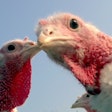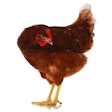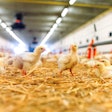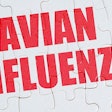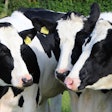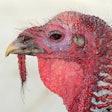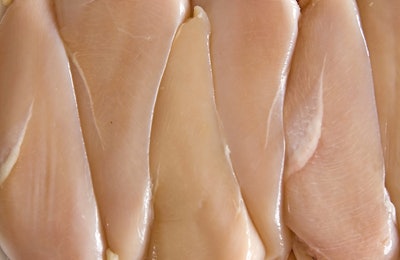
A proposed, sweeping change to federal regulation of key food safety issues drew a mixed reaction from poultry industry insiders.
In the fourth quarter of 2021, respondents to the WATT/Rennier Poultry Confidence Index survey were split, leaning toward negative, on the U.S. Department of Agriculture’s (USDA) proposal to re-frame its view on Salmonella. The new view would make the virulence of the strain of the pathogen more important than a total pathogen count.
As part of the quarterly survey, WATT Global Media asks additional questions about the state of the poultry industry as well as emerging trends, technologies and challenges. This blog post reflects the results of the supplemental questions included in the fourth quarter survey conducted in November 2021. The next installment of Greg Rennier’s column reflecting the results of the survey will be published in the January 2022 issue of WATT PoultryUSA.
Initial reaction
In October 2021, the USDA’s Food Safety and Inspection Service (FSIS) announced a new strategy to reduce Salmonella illnesses associated with poultry products. The sweeping changes would be focused on identifying and controlling the most virulent foodborne pathogens.
We asked, “Do you think the USDA should move away from the current Salmonella performance measurement of incidence rate of carcasses that are positive for any Salmonella to identifying the incidence of carcasses that are positive for a known-pathogenic strain of Salmonella?”
- 54.80% responded, “No.”
- 45.2% responded, “Yes.”
Salmonella interventions
The proposed changes will also encourage preharvest controls to reduce Salmonella contamination coming into the slaughterhouse.
We asked, “Which of these preharvest Salmonella control steps does you company utilize at your complex? (Please check all that apply)”
- 66.7% responded, “Pest management.”
- 33.3% responded, “Vaccination of chicks with a commercially available Salmonella vaccine.”
- 31.3% responded, “Probiotics.”
- 31.3% responded, “Organic acids.”
- 27.1% responded, “Autonomous vaccination of breeders.”
- 27.1% responded, “Vaccination of breeders with a commercially available Salmonella vaccine.”
- 25% responded, “Composting.”
- 22.9% responded, “Autonomous vaccination of chicks.”
- 16.7% responded, “Direct fed microbials.”
- 16.7% responded, “Prebiotics.”
- 10.4% responded, “Phytogenics (or botanicals).”






